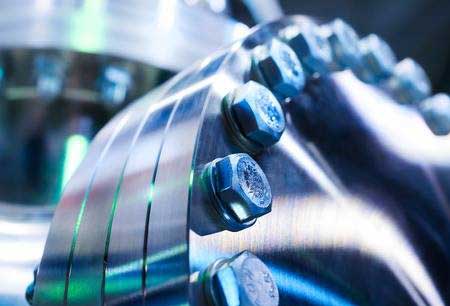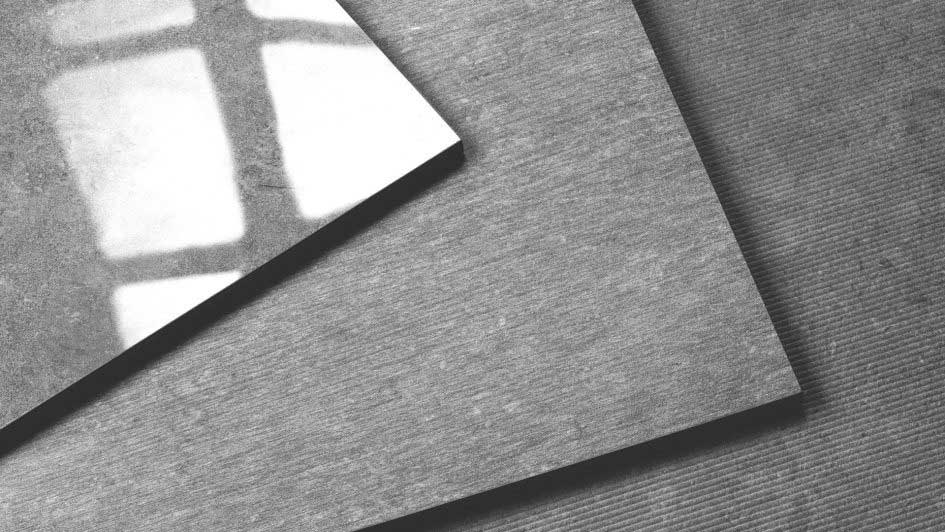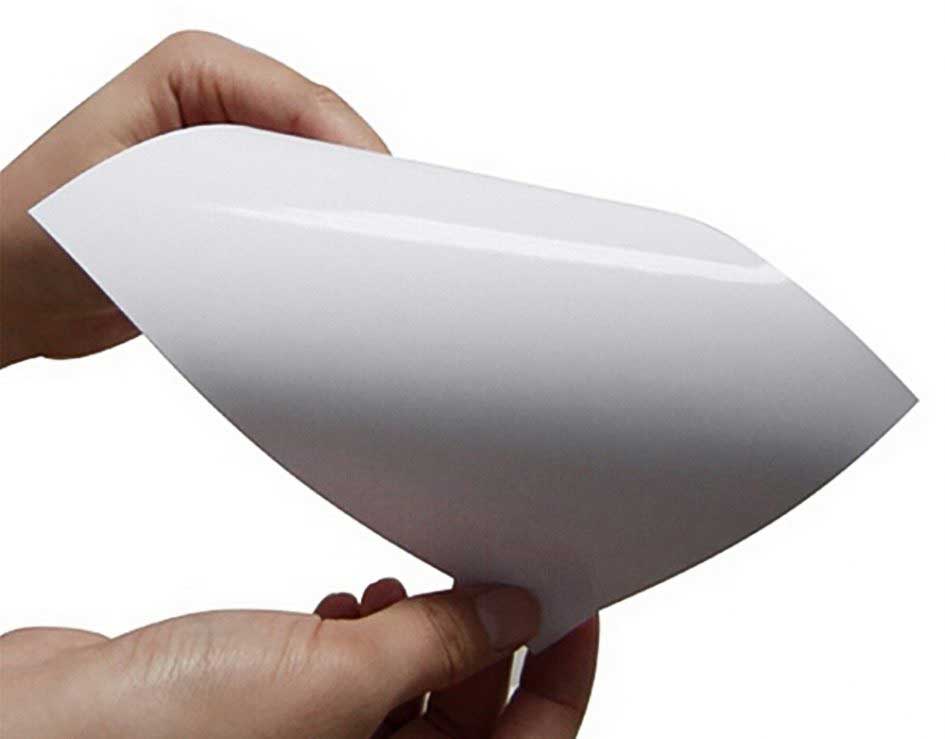Gleam is estimated by sparkling a known measure of light at a surface and evaluating the reflectance. The edge of the light and the strategy by which the reflectance is estimated are dictated by the surface. Shine is estimated utilizing a Gloss Meter otherwise called a Gloss meter) which coordinates a light at an explicit point to the test surface and all the while measures the measure of reflection. The sort of surface to be estimated decides the gleam meter point to be utilized and along these lines the sparkle meter show.
The power is reliant on the material and the point of enlightenment. If there should arise an occurrence of non-metals (coatings, plastics) the measure of reflected light increments with the expansion of the enlightenment edge. The staying lit up light enters the material and is consumed or diffusely dissipated reliant on the shading. Metals have an a lot higher reflection and are less point subordinate than non-metals. The estimation aftereffects of a sparkle meter are identified with the measure of reflected light from a dark glass standard with a characterized refractive list, and not to the measure of episode light. The estimation esteem for this characterized standard is equivalent to 100 sparkle units. Materials with a higher refractive record can have an estimation esteem over 100 gleam units (GU), e.g. films.
If there should arise an occurrence of straightforward materials the estimation esteem can be expanded because of different appearance in the greater part of the material. Because of the high reflection abilities of metals estimations of up to 2000 GU can be come to. For these applications usually to archive the estimation results in % impression of the lit up light. Gleam meters and their dealing with methodology must be universally indicated to permit examination of estimation esteems. The point of enlightenment is of high impact. So as to get an unmistakable separation over the entire estimation go from polished to matte, 3 unique geometries, i.e. 3 unique reaches, were characterized utilizing a 60° gleam meter.
A Gloss meter can be utilized to gauge a specular impression of earthenware production, wood, plastic, paint, paper and metals. Contingent on the kind of surface, the point of estimation is picked. The instrument has an episode light and identifier to quantify the reflected light. It gauges the relationship among’s sparkling and visual shine. The example that will be estimated is put level at first glance. The episode light would reflect from the surface is caught by the indicator. The flag is prepared to show in the comprehensible shape. With the adjustment in the edge of the surface, the relationship would change.





